
PUMPA - SMART LEARNING
எங்கள் ஆசிரியர்களுடன் 1-ஆன்-1 ஆலோசனை நேரத்தைப் பெறுங்கள். டாப்பர் ஆவதற்கு நாங்கள் பயிற்சி அளிப்போம்
Book Free DemoPhylum: Annelida
Symmetry: Bilateral
Germ layer: Triploblastic
Germ layer: Triploblastic
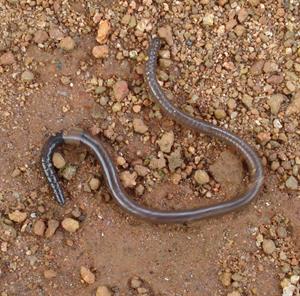
Characteristics:
- Have defined organ system.
- Segmented body called metameres.
- Joints are ring-like annuli. Moist thin cuticle covers the body.
- Moves with the help of setae and parapodia.
- Hermaphrodites, having different sexes in the same body.
Example:
Nereis, Earthworm, Leech
Phylum: Arthropoda
Germ layer: Triploblastic
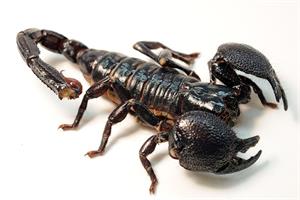
Characteristics:
- Coelomate animals have defined organ structure like head, thorax and abdomen.
- Arthropods have segmented body, and each segment has a pair of jointed legs.
- The exoskeleton (outer skeleton) has chitin which is shed periodically when the animal grows. This process of shedding and growing of exoskeleton is termed as moulting.
- The body cavity of these animals is filled with haemolymph. Haemolymph is like blood in a human being; however, the blood does not flow in these animals.
- These animals possess gills or tracheae for respiration.
- Green glands or Malpighian tubules help the animals to excrete.
- Animals have separate sexes.
Example:
Prawn, Crab, Cockroach, Millipede, Centipedes, Spider, Scorpion
Phylum: Mollusca
Germ layer: Triploblastic
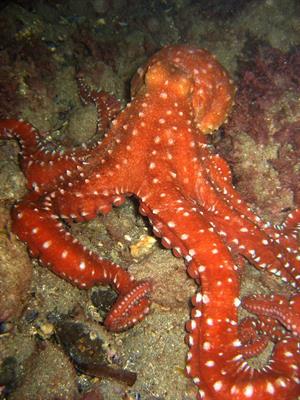
Characteristics:
- Have well-defined organ structure like head, muscular foot and visceral mass.
- They do not have a segmented body.
- Muscular foot help in movement.
- Body is covered by a thick shell made up of calcium (Calcareous shell).
- In some animals of this phylum, the blood is blue in colour. Giant pacific octopus has three hearts.
- Octopus has a good sense of touch and taste!
- The blue colour of the octopus blood is because of copper-rich protein in their blood called hemocyanin.
- Respire with gills and lungs.
- Exhibit larval stage of development.
- Have separate sexes.
Example:
Garden snail, Octopus, Cuttlefish, Squid
Phylum: Echinodermata
Germ layer: Triploblastic
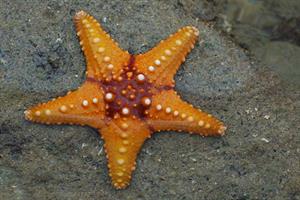
Characteristics:
- True coelomates with defined organ system.
- They have a water vascular system - a fluid-filled body.
- They have tube feet for movement.
- They have spiny skin. The body is covered by calcareous spiny hard surface called calcareous ossicles.
Example:
Starfish, Sea urchin, Sea cucumber, Cystoidea
Phylum: Hemichordata
Germ layer: Triploblastic
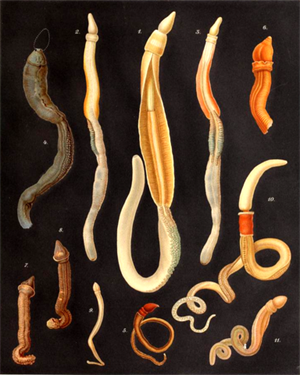
Characteristics:
- Coelomate animals found to have both non-chordate and chordate features.
- They do not have a notochord.
- They have gill slits.
- These animals have cilia. Using cilia, they draw a current of water towards them. The cilia then filter out the microbes in the water as food.
Example:
Acorn worms (Balanoglossus)
Reference:
Free image credit:
Earthworm: https://upload.wikimedia.org/wikipedia/commons/6/6a/Earthworm.JPG
Leech: https://www.pikist.com/free-photo-vywpu
Scorpion: https://commons.wikimedia.org/wiki/File:Female_Emperor_Scorpion.jpg
Octopus: https://en.wikipedia.org/wiki/Aristotle%27s_biology#/media/File:Octopus_macropus.jpg
Starfish: https://commons.wikimedia.org/wiki/File:Starfish_02_(paulshaffner).jpg
Hemichordata: https://commons.wikimedia.org/wiki/File:Enteropneusta.png